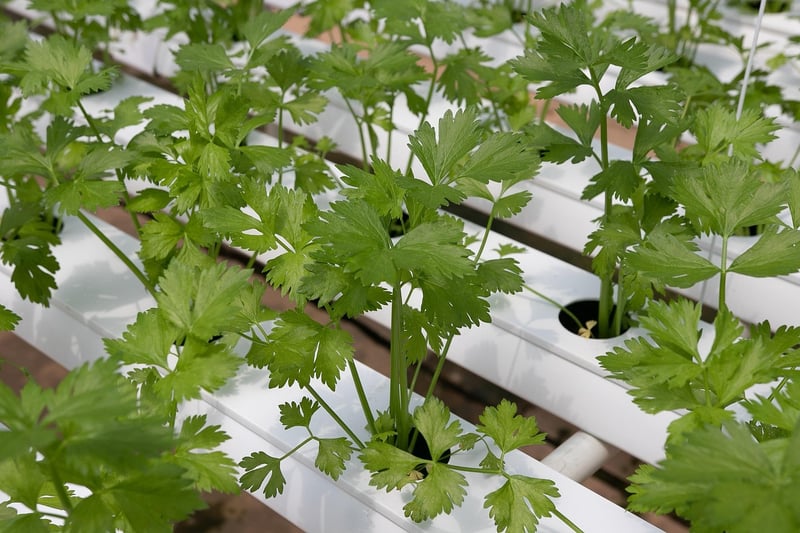Hydroponics
The Future of Farming: Vertical Crop Cultivation with Hydroponics

What is Vertical Crop Cultivation?
Vertical crop cultivation is a revolutionary method of growing crops in vertically stacked layers, often in controlled environments like greenhouses or vertical farms. This innovative approach maximizes space utilization and allows for year-round crop production.
The Advantages of Vertical Crop Cultivation
- Increased crop yield per square foot
- Reduced water usage compared to traditional farming
- Protection from pests and diseases
- Less dependency on weather conditions
- Ability to grow crops in urban areas
What is Hydroponics?
Hydroponics is a method of growing plants without soil by using nutrient-rich water solutions. This soil-less farming technique allows for precise control over the plant's nutrients, resulting in faster growth and higher yields.
The Benefits of Hydroponics
- Up to 90% less water usage compared to traditional soil farming
- Elimination of soil-borne diseases
- Optimal nutrient absorption leading to healthier plants
- Ability to grow crops in limited spaces
- Year-round crop production
Combining Vertical Crop Cultivation with Hydroponics
By combining vertical crop cultivation with hydroponics, farmers can create a highly efficient and sustainable farming system. This approach maximizes space utilization, reduces water usage, and eliminates the need for harmful pesticides.
Conclusion
The integration of vertical crop cultivation with hydroponics represents the future of farming. This innovative approach not only addresses the challenges of traditional agriculture but also opens up new possibilities for sustainable food production in urban areas. Embracing these technologies can lead to a more efficient, environmentally friendly, and resilient food system.

Join us in revolutionizing the way we grow our food with vertical crop cultivation and hydroponics!
